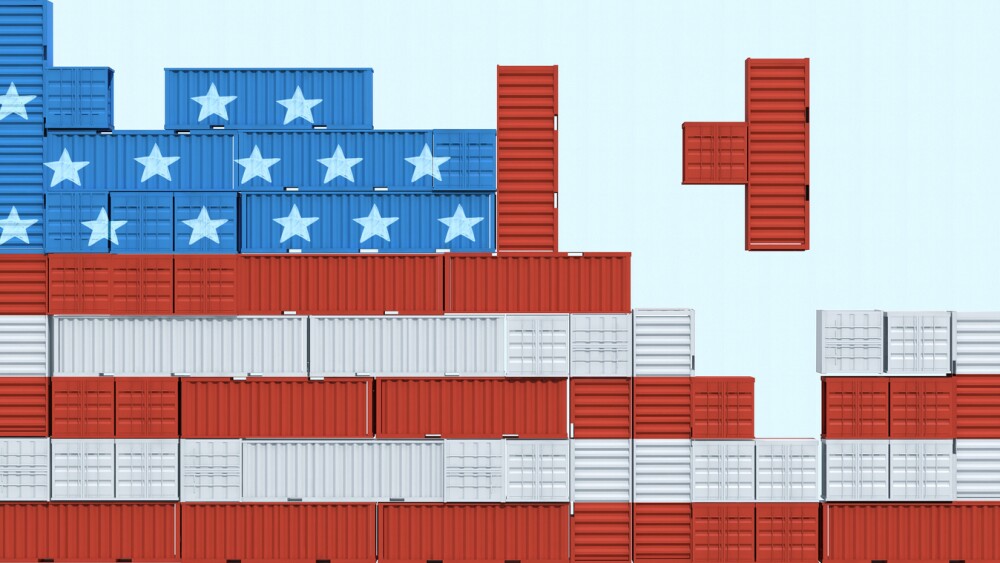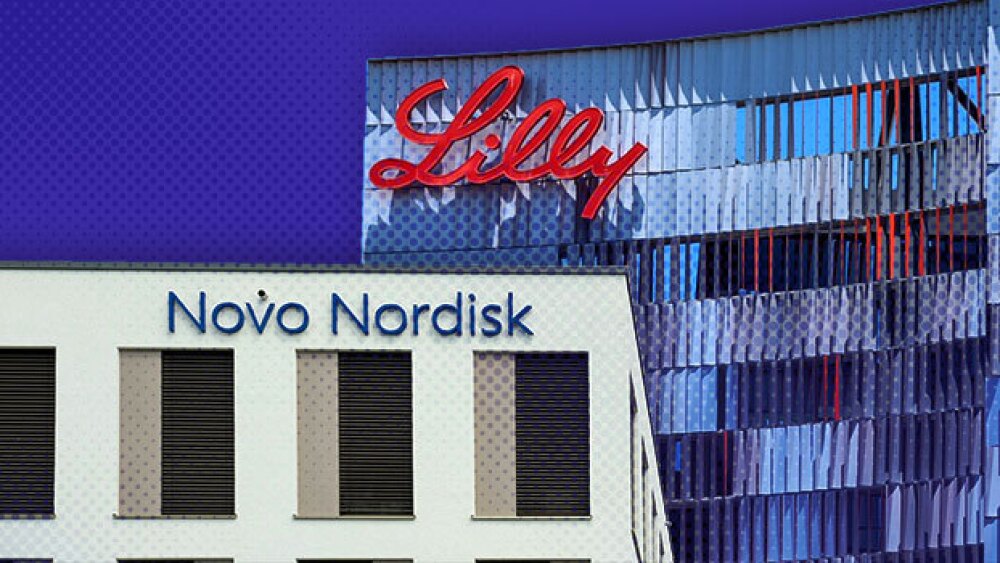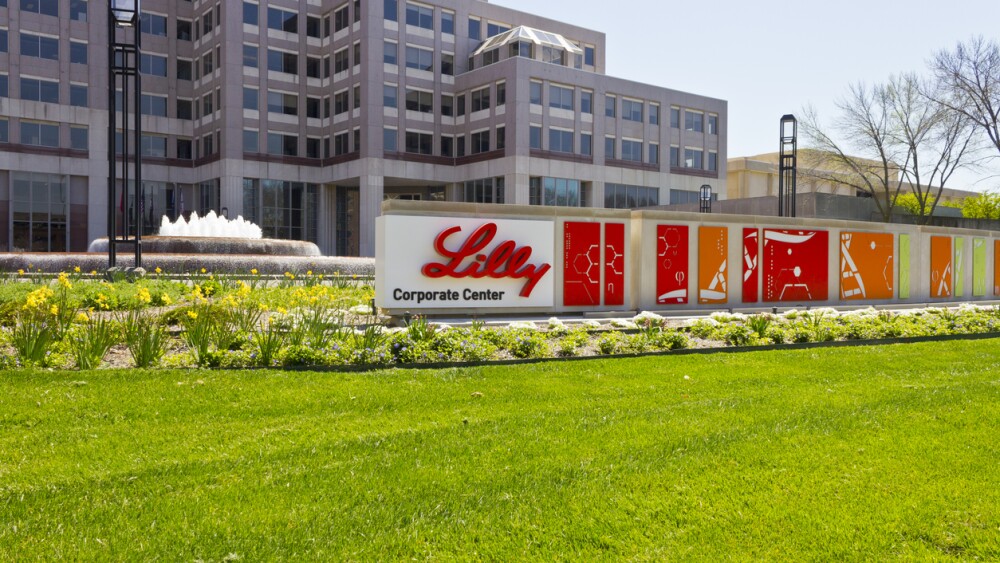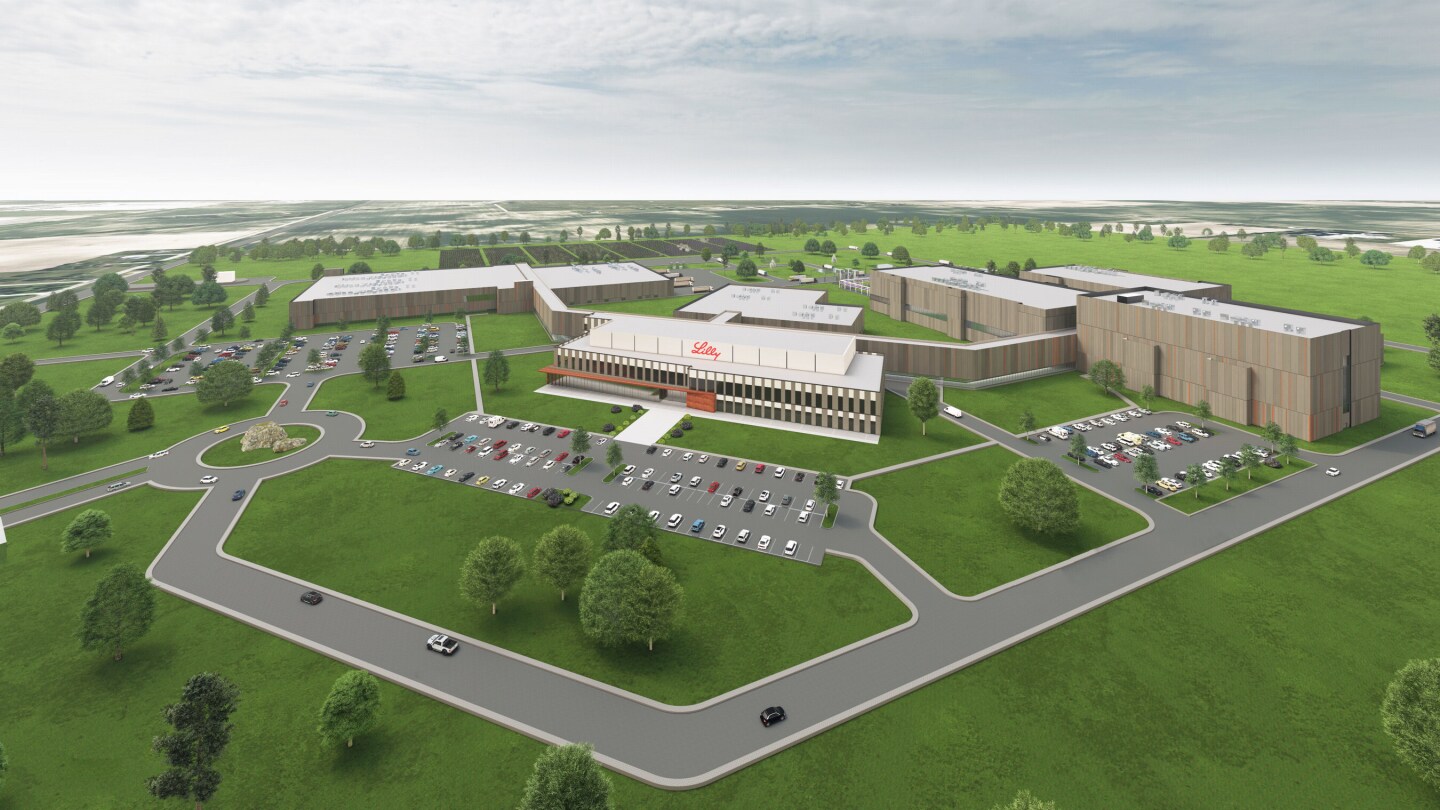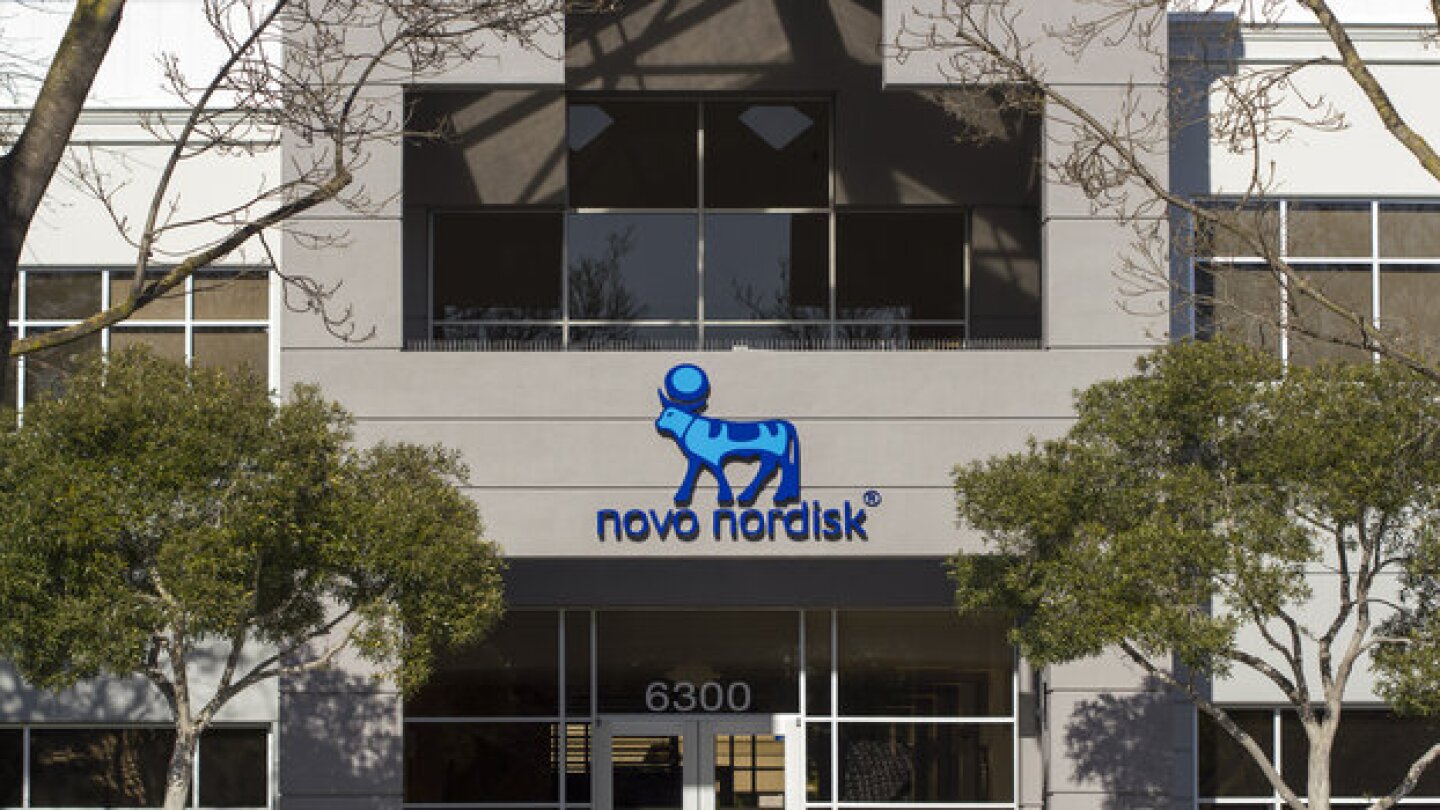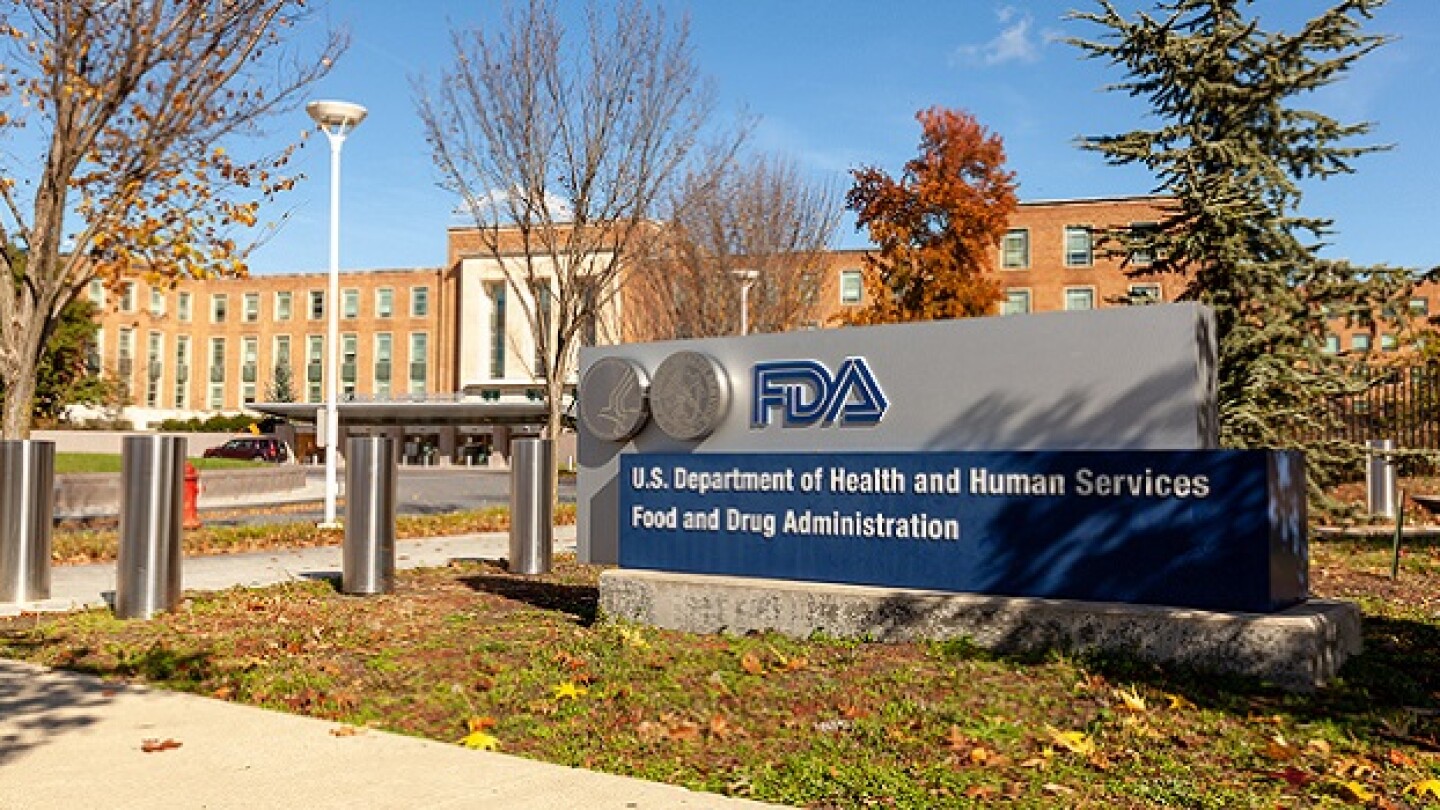Drug Delivery
Roche is committing $50 billion while Regeneron inked a $3 billion manufacturing deal with Fujifilm, allowing the pharma to “nearly double” its U.S. large-scale manufacturing capacity.
FEATURED STORIES
Digitization enables each drug to have a software-enhanced version optimized for individual patients.
With Novo Holdings’ $16.5 billion buyout of Catalent being reviewed by regulators, what work the contract drug manufacturer may or may not be performing for Eli Lilly remains a point of contention.
Lilly CEO Dave Ricks in Wednesday’s third-quarter earnings call acknowledged that the company is at the mercy of wholesaler stocking decisions.
Subscribe to Manufacturing Brief!
Weekly insight into the biggest trends in biopharma manufacturing
THE LATEST
The acquisition from Wuxi Biologics, the embattled CDMO named in the BIOSECURE Act, marks another expansion of Merck’s manufacturing operations in Ireland.
Eli Lilly and Company has invested more than $20 billion in its manufacturing capabilities since 2020 to help meet high demand for its medicines. Its recently announced Lilly Medicine Foundry—which will support research and development efforts—is just the latest example of the ability to research new ways of producing medicines, while also scaling up manufacturing of medicines for clinical trials.
In its Citizen Petition to the FDA, Novo Nordisk argued that there is no clinical need to allow compounding for liraglutide, the type 2 diabetes injection it sells as Victoza.
After a couple months of uncertainty, the FDA has told compounding pharmacies that they have 60 to 90 days before the agency will enforce rules to stop their production of GLP-1s.
In this episode of Denatured, BioSpace’s Head of Insights Lori Ellis, Miguel Forte and Ali Pashazadeh speculate on the impending Trump administration, discuss current challenges faced by CEOs and weigh investment in GLP-1s.
Suddenly the hottest thing in biopharma isn’t a new indication, disease target or modality—it’s manufacturing, and all of pharma is going to be vying for capacity and talent.
The letters come amid the Outsourcing Facilities Association’s ongoing lawsuit against the FDA over the regulator’s decision to end the shortage for tirzepatide.
The Novo-Catalent deal now moving ahead highlights unprecedented investment in manufacturing, while also standing out as an exception to the unspoken rule of keeping M&As to less than $5 billion this year.
The FDA cited issues with a manufacturing facility as the reason for the rejection. J&J is currently “working closely” with the regulator to resolve these problems.
Novo’s latest investment comes just days after the U.S. FTC greenlit the highly contentious acquisition of Catalent, which analysts expect will help the pharma expand its production capacity.

